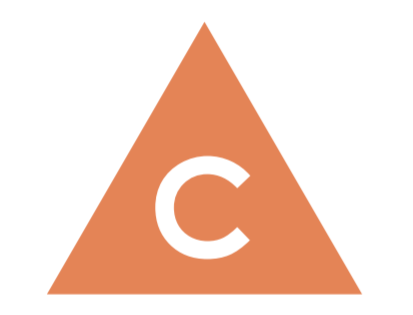Core Competencies: Communication
|
|
Communication competency encompasses the set of abilities that students use to impart and exchange information, experiences, and ideas, to explore the world around them, and to understand and effectively engage in the use of digital media. Communication competency provides a bridge between students’ learning, their personal and social identity and relationships, and the world in which they interact. |
1. Connect and engage with others (to share and develop ideas)
Students engage in informal and structured conversations where they listen, contribute, develop understanding and relationships, learn to consider diverse perspectives, and build consensus. Examples include literature circles, book clubs, blogs, and small group discussions/decision making/informal debating.
2. Acquire, interpret, and present information (includes inquiries)
Students inquire into topics that interest them, and topics related to their school studies. They present for many purposes and audiences; their work often features media and technology. Examples include “show and tell,” explaining a concept, sharing a Power Point presentation about a research/inquiry topic, and creating a video proposal.
3. Collaborate to plan, carry out, and review constructions and activities
Students work together to accomplish goals, either face to face, or through digital media. Examples include planning a construction, inquiry or performance, solving a problem, conducting an inquiry, and working together on community projects.
4. Explain/recount and reflect on experiences and accomplishments
Students tell about their experiences—especially their learning experiences—and reflect, and share what they learned.
Examples include presentations of learning, self-assessment, and receiving/offering feedback.

